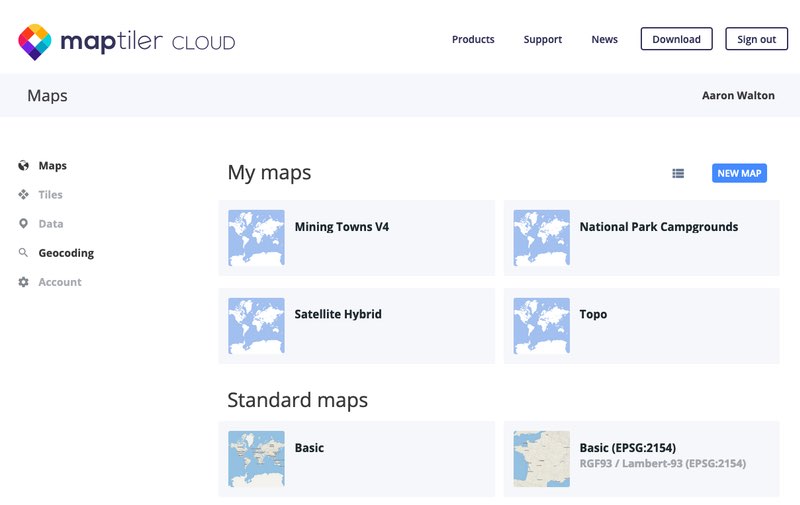

Data for counties with geography changes (such as Bedford County, Virginia) reflect the new geography which is not visible on PolicyMap. These removed counties still appear on the map, showing insufficient data. This data reflects recent county geography changes not yet implemented on PolicyMap: Bedford city (county equivalent) in Virginia was added to Bedford County Petersburg Borough in Alaska was created out of parts of the former Petersburg Census Area and part of Hoonah-Angoon Census Area and Prince of Wales-Hyder Census Area in Alaska added a part of the former Petersburg Census Area. Note that the previous methodology disaggregated data from the state level because the state methodology is being re-estimated for before 2010, sub-state level data is indirectly affected. Certain sub-state areas have the revised methodology re-estimated back to 1990: New York City (back to 1976), the Los Angeles-Long Beach-Glendale metropolitan division, the Chicago-Naperville-Arlington Heights, IL metropolitan division the Cleveland-Elyria, OH metropolitan area the Detroit-Warren-Dearborn, MI metropolitan area the Miami-Miami Beach-Kendall, FL metropolitan division and the Seattle-Bellevue-Everett, WA metropolitan division. For this reason, comparisons between data before and after this change are not advised. At sub-state geographies (city, county, CBSA, metropolitan division), the new methodology was only used to re-estimate data going back to January 2010.

At the state-level data, this methodology was used to re-estimate all data back to 1976 (PolicyMap displays data for 2000 and later). In 2015, the BLS changed the methodology of their model, with changes relating to structural differences, real-time benchmarking, smoothed seasonal adjustment, and treatment of outliers. PolicyMap’s data reflects these revisions. The labor force does not include military (active duty) and institutionalized persons.Įvery April, the Bureau of Labor Statistics re-releases revised data for the previous five years. People in the labor force are all those people classified as employed or unemployed. Unemployed persons include people who had no employment but were available for and seeking employment. According to this definition, employed persons include people who did any paid work as employees, worked in their own business or farm, or did unpaid work of 15 or more hours in an establishment owned by a relative. The concepts and definitions used by LAUS come from the Current Population Survey (CPS), the household survey that is the official measure of the labor force for the nation. The annual values presented in PolicyMap are annual averages for the years listed as provided by the BLS. PolicyMap contains county and state counts of people employed, unemployed, and in the labor force, as well as the unemployment rate. The Bureau of Labor Statistics’ Local Area Unemployment Statistics (LAUS) program produces monthly and annual employment, unemployment, and labor force data for Census regions and divisions, States, counties, metropolitan areas, and many cities, by place of residence. Distressed areas for 2012 are presented at the 2000 census tract boundaries, and 2013-2019 distressed areas are presented at the 2010 boundaries. In addition to all census tracts located in distressed counties, census tracts in at-risk or transitional counties are considered “distressed areas” if they have a median family income 67% or less than the national average and a poverty rate 150% of the national average or greater.ĭistressed areas are updated annually using the most recently available American Community Survey five-year estimates. Counties are designated as distressed, at-risk, transitional, competitive, or attainment, based on this rank, where distressed counties rank as mostly economically depressed (worst 10% economic performance in the nation) and attainment the most economically strong (best 10% economic performance in the nation).

The index employs three-year average unemployment rates, per capita market incomes, and poverty rates to rank every county in the nation. The designations are based on an index that compares economic indicators of Appalachian counties and tracts to national averages. The Appalachian Regional Commission designates certain counties and tracts as “distressed areas” in order to identify and monitor the economic status of areas within Appalachia.


 0 kommentar(er)
0 kommentar(er)
